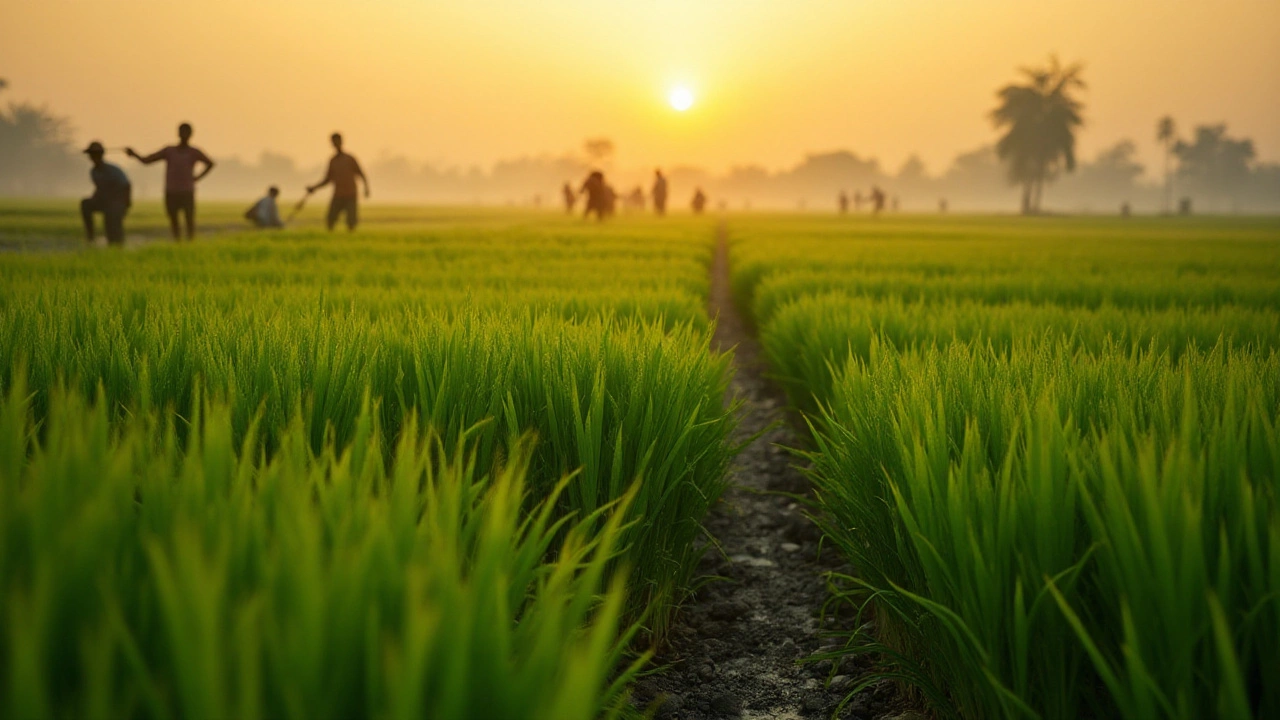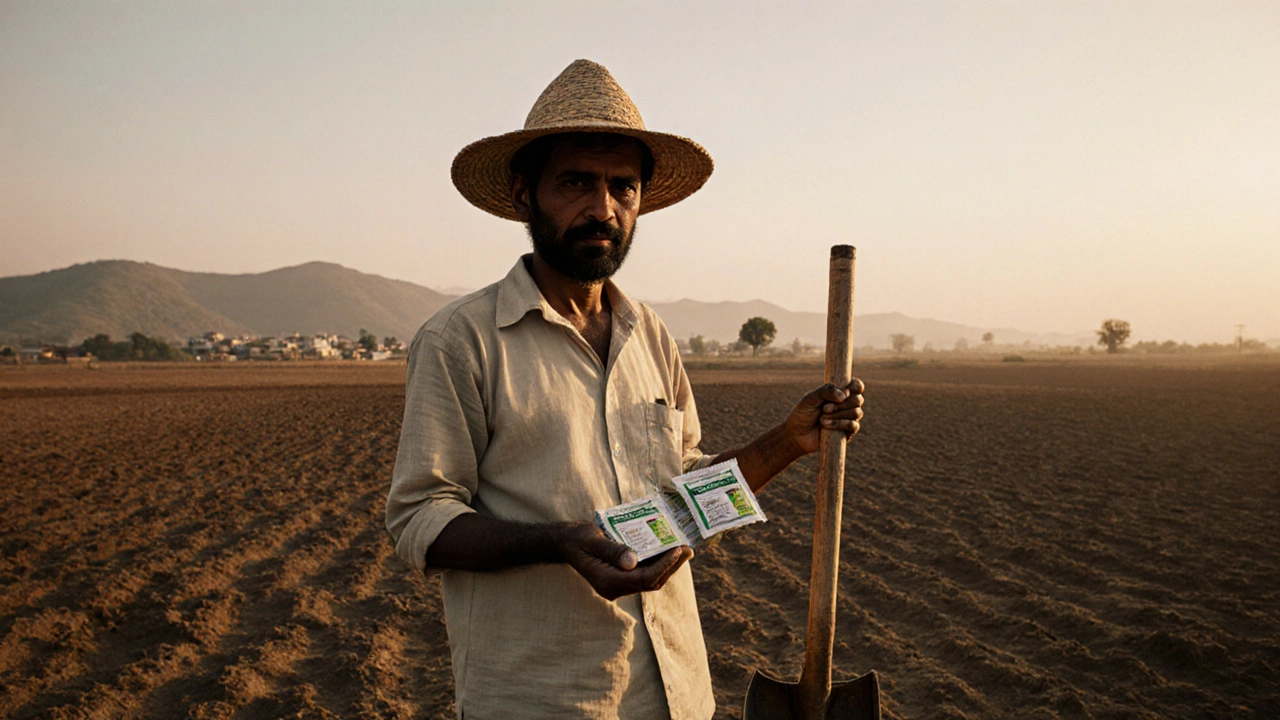The Surprising Benefits of Banana Peels for Your Plants and Soil
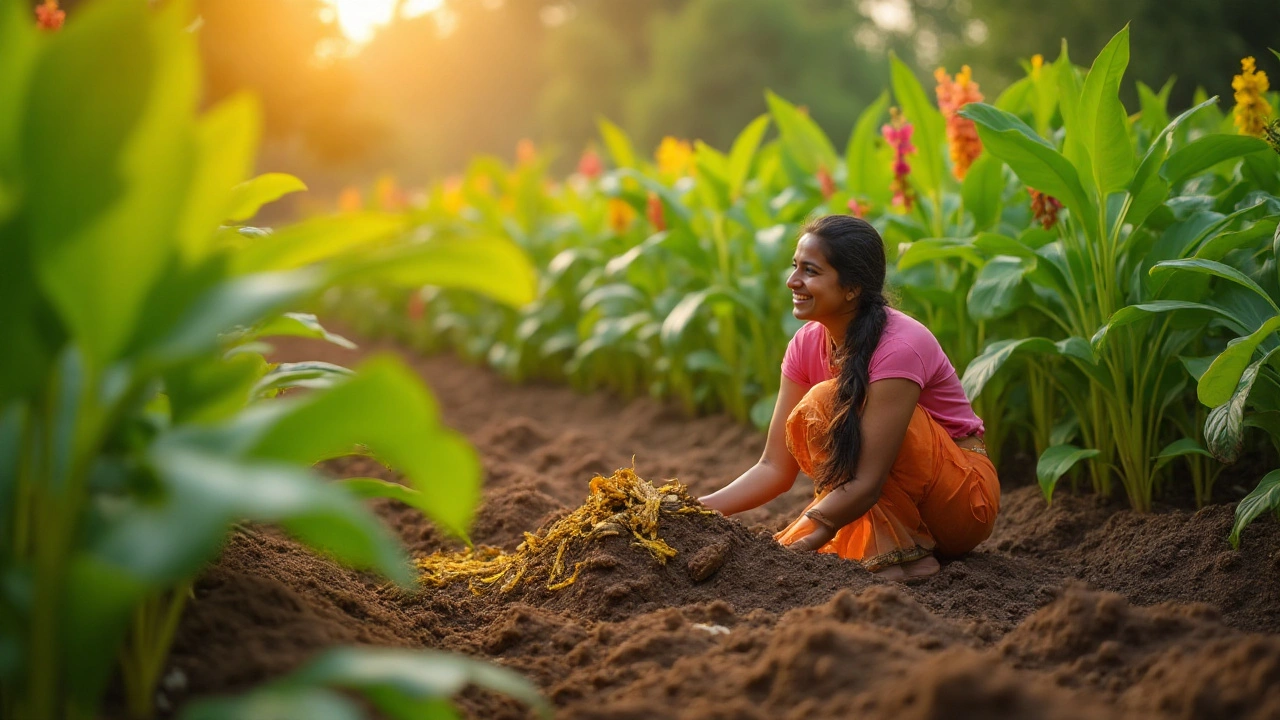
If you think banana peels are just waste fit for the trash, it's time to rethink that notion. In fact, these humble remnants from your morning smoothie can become powerful allies in your gardening endeavors.
Banana peels are packed with essential nutrients like potassium, phosphorus, calcium, and a bit of magnesium. These nutrients can do wonders for your plants, promoting root development and enhancing overall health. This means tossing them into your compost pile isn't just an ecological move; it's a practical way to enrich your garden soil.
Besides composting, there are several straightforward methods to apply banana peels directly into your garden. Whether you're burying them near the roots of your roses or processing them into a fertilizer, the goal is to boost the soil without synthetic additives. Stay tuned to learn the natural benefits banana peels bring, improving soil structure, and how to use them to see thriving results in your garden.
- Nutrient Richness of Banana Peels
- Methods to Use Banana Peels in the Garden
- Impact on Soil Health
- Tips for Getting the Best Results
Nutrient Richness of Banana Peels
Banana peels are often discarded without a second thought, yet they are packed with nutrients that can significantly benefit your garden. Those peels are laden with potassium, a vital nutrient that helps plants build resistance to diseases and endure harsh conditions. Potassium in banana peels can enhance the photosynthesis process, allowing plants to produce their food more effectively. This nutrient is also known to aid in the transport of water and nutrients within a plant, contributing to healthier and more robust growth. Aside from potassium, banana peels contain phosphorus, which is essential for root development and flowering. Strong roots mean plants can anchor better in the soil and absorb water and nutrients more effectively, while phosphorus supports the energy transfer and storage at the cellular level.
Moreover, banana peels offer a decent amount of calcium, crucial for maintaining the structural integrity of plant cell walls. Calcium aids in root development and neutralizes excess acidity in the soil, promoting a balanced pH level that supports microbial health. A surprising fact is the presence of trace minerals like magnesium, which plays a pivotal role in photosynthesis, as it forms the core of the chlorophyll molecule. Without sufficient magnesium, plants may experience chlorosis, where leaves turn yellow between the veins. So, by utilizing banana peels, you're naturally supplying these essential nutrients that can lead your garden to flourish.
‘Bananas contain three natural sugars – sucrose, fructose, and glucose – combined with fiber, providing a powerful energy boost. This is why they are loved by top athletes and why we can too harness the energy from their peels,’ notes a report from the University of California Cooperative Extension.
The diversity of nutrients in banana peels makes them an extraordinary addition to your gardening toolkit. They contribute not only macronutrients but also a variety of vital trace elements that play critical roles in various plant biological processes. By incorporating something as simple and abundant as banana peels, you can ensure a more natural and sustainable way to enrich your garden soil and support plant health. This not only reduces waste but tends to the earth that nourishes our plants. Making a habit out of this can be both delightful and rewarding for those seeking to maintain a naturally rich and balanced garden.
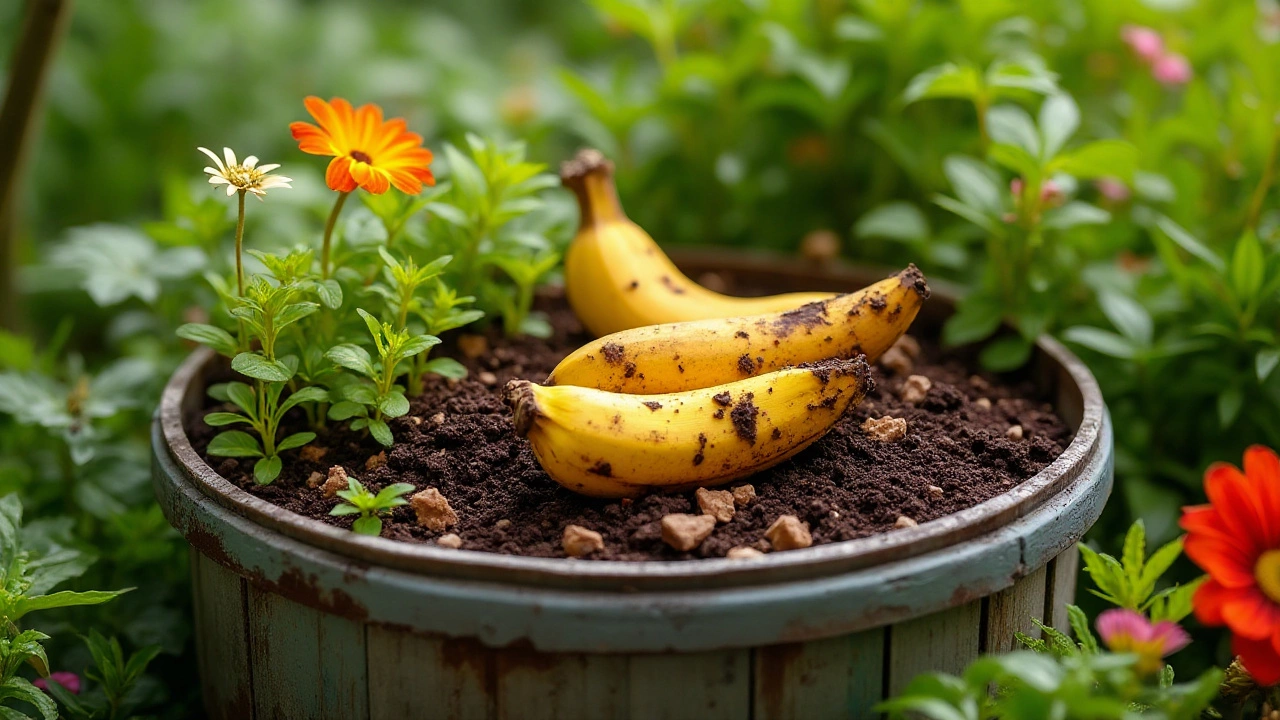
Methods to Use Banana Peels in the Garden
Banana peels might seem like they belong in the trash, but they have numerous uses in the garden that are not only eco-friendly but also incredibly effective. One of the easiest approaches is simply to compost them. Composting is where banana peels truly shine, breaking down with various organic matter to create nutrient-rich compost. This natural fertilizer can improve soil texture, enhance moisture retention, and boost nutrient levels in your garden soil. To get the best results, try chopping the peels into smaller pieces which speeds up the decomposition process, ensuring a healthy dose of nutrients ready for your plants.
If you're eager for faster results, consider making a banana peel tea. This method extracts the nutrients more rapidly, offering a quick boost to your plants. Simply soak a few banana peels in a jar of water for a few days. Once the solution turns brownish, it can be watered directly onto the base of your plants. The potassium-rich brew encourages robust flowering and fruiting. If you're concerned about waste, don't be—the peels left over can still be added to your compost pile.
Another effective method is to use banana peels as a direct soil amendment. You can bury chopped or whole peels near the root zone in your garden. As they decompose, they release nutrients directly into the soil, particularly potassium and phosphorus. These are essential for root development and overall plant vigor. Be wary, though, that peels left exposed can attract unwanted critters, so make sure they are well-covered.
"Using natural waste like banana peels is an excellent way to close the nutritional loop in your garden, turning waste into a nutrient resource," says horticulturist Julie Thompson-Adolf.
An often overlooked but equally useful feature is to use banana peels as a deterrent for aphids. By burying or placing peels around plants prone to these pests, you can leverage the natural compounds found in banana peels, which aphids find unappealing. This offers a chemical-free pest control solution for your beloved plants.
To keep your roses thriving, consider using banana peels as a mulch. Lay them flat at the base of the plant and cover them with soil or leaves. This not only feeds the plant as it breaks down but also conserves moisture and suppresses weeds. The method is sustainable and enhances soil life without synthetic additives. Lastly, for those who cherish their indoor plants, banana peels can be used as a DIY plant cleaner, helping to brighten up your plants' leaves by rubbing them with the inner peel. This adds a natural sheen and can assist in keeping dust at bay.
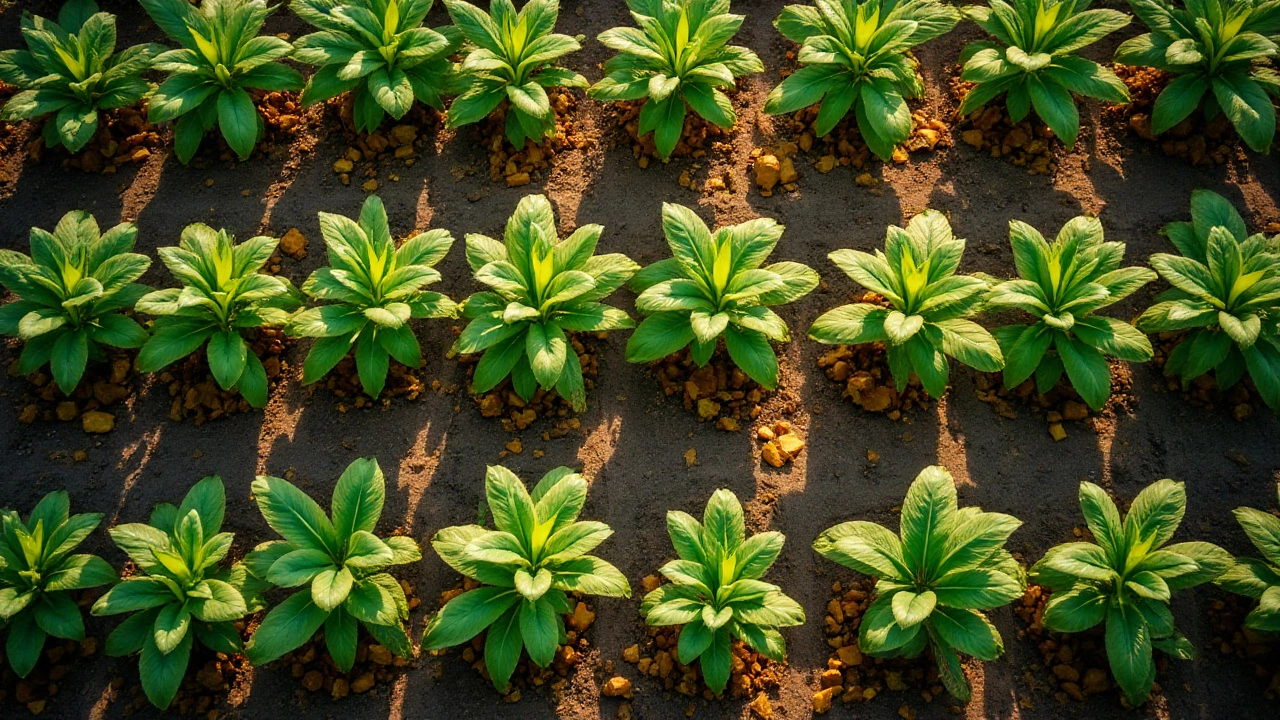
Impact on Soil Health
When it comes to enhancing soil health, banana peels stand out as an unexpectedly potent source of nourishment. They contain a wealth of nutrients that go beyond the commonly recognized potassium, which is crucial for robust plant growth. Potassium helps plants build resilience against diseases and extreme weather, and its abundant presence in banana peels makes these kitchen scraps incredibly valuable.
Another key nutrient found in banana peels is phosphorus, essential for root development and blooming. This nutrient plays a significant role in helping plants establish strong foundations, making them less susceptible to external stressors. As these nutrients break down in the soil, they become bioavailable to plants, promoting a healthier, more vibrant garden.
"Banana peels are nature's gift to gardeners because they break down quickly, releasing their nutrients into the soil much faster than many other organic materials," notes Dr. Maria Harper, an expert in organic gardening.
Adding banana peels to the soil impacts not just the plant's immediate nutrient intake but also enhances soil structure. The decomposition process introduces organic matter to the soil, improving its texture and enhancing moisture retention. This is especially beneficial in sandy soils, which often struggle to retain water. By bolstering the soil's ability to maintain moisture, plants experience more consistent hydration, reducing the frequency of watering needed.
Banana Peels and Soil Microbiology
Banana peels also play a crucial role in supporting soil microbiology. As they decompose, they provide food for beneficial soil organisms, such as earthworms and a myriad of microorganisms that are essential for soil health. These organisms help break down organic matter, improving nutrient cycling and ensuring that plants have consistent access to what they need. This interaction creates a thriving ecosystem within the soil, enhancing its fertility and, in turn, boosting plant productivity.
The presence of calcium in banana peels, though less discussed, is vital for cell wall formation and strengthening plant tissues. Robust cell walls improve plant resilience and ensure better nutrient uptake. When these nutrients are present in the soil, plants grow stronger and more efficiently, resulting in healthier yields and stunning blooms.
| Nutrient | Percentage Content in Banana Peels |
|---|---|
| Potassium | 42% |
| Phosphorus | 3.25% |
| Calcium | 19% |
| Magnesium | 0.41% |
Incorporating banana peels in your gardening routine can transform not just plant health but the underlying soil as well. By revitalizing the soil with essential nutrients and fostering an environment teeming with beneficial organisms, banana peels create a sustainable, natural cycle that promotes vigorous plant growth. For gardeners seeking an eco-friendly solution to soil enhancement, the often-dismissed banana peel could be the bountiful answer they need.

Tips for Getting the Best Results
To truly harness the power of banana peels in your garden, it's crucial to use them effectively and thoughtfully. Start by selecting fresh banana peels, as they contain maximum nutrients beneficial for your plants. Avoid peels that show signs of rot or have visible mold, which could introduce unwanted pathogens to your garden. Wash the peels thoroughly to remove any pesticide residues, especially if the bananas aren't organic.
One great way to use banana peels involves composting. Chop the peels into small pieces—about an inch or so—before adding them to your compost bin. Smaller pieces break down more efficiently, accelerating the decomposition process. Mix them well with other compostable materials to balance the carbon-nitrogen ratio, creating rich, crumbly compost perfect for soil enrichment.
Direct Application
If you're eager to see more immediate results, consider using banana peels directly in the soil. Dig a small trench about five inches deep near your plants' roots, and lay the peels flat in the trench. Cover them with soil to prevent pests from getting attracted. This method allows the nutrients to reach your plant roots directly, offering a natural boost. When friends question the magic in your garden, just smile and share the secret.
Some gardening enthusiasts prefer creating banana peel tea. This involves soaking chopped peels in a jar of water for several days. Strain the solution, and use it as a potent liquid fertilizer. This is especially beneficial for foliar feeding, giving leaves a quick dose of potassium and phosphorus. However, remember that moderation is key; apply the tea once a month to prevent salt build-up in the soil.
"Plants, like humans, thrive on balance and regular nourishment, and banana peels are an easily accessible resource." – An experienced horticulturist
Lastly, integrating them into potting mixes can work wonders. Dry the peels thoroughly under the sun and grind them into a fine powder using a blender. Mix this powder with standard potting soil to grant your potted plants a steady supply of nutrients as they grow. This method is particularly advantageous for indoor gardens or balcony setups where added nutrition enhances confined soil.
In conclusion, flexibility is one of the biggest advantages of using banana peels. Whether you're stirring them into compost, creating tea, or trenching them into your garden bed, tailoring the use to suit your specific garden needs can yield impressive results. Remember, patience is essential; while the benefits might not be instantaneous, your plants will ultimately thank you with a healthier, more vigorous growth.


